Silca Pista Plus Floor Pump: Quick Review- by Guitar Ted
The Silca pump. It is an iconic tool which cyclists have used for decades. In either the frame pump or the floor pump versions, the name “Silca” was, and still is, revered by many cyclists the world over. The pumps were made to last, and more importantly, made to be serviced. It isn’t hard to find someone with an old Silca pump in their garage or shop. You just didn’t throw them away. Maybe the most iconic of the Silca pumps, the “Pista” model, is the one you think of when you conjure up an image of Silca. Well……if you’ve been around road cycling for many years, that is. See, Silca floor pumps kind of faded from the consciousness of the cycling fans in the 90’s as more mountain biking came along. That in turn pushed the development of “mini-pumps”, as frame pumps were kind of clunky off road. Floor pumps were made to handle bigger volume, lower pressure tires, such as those used for mountain biking, and then a whole slew of competitors came in with different designs. Silca held to their guns, but it seemed the cycling scene had passed them by. That is until Silca’s resurrection recently. (Check out the history of the company here)
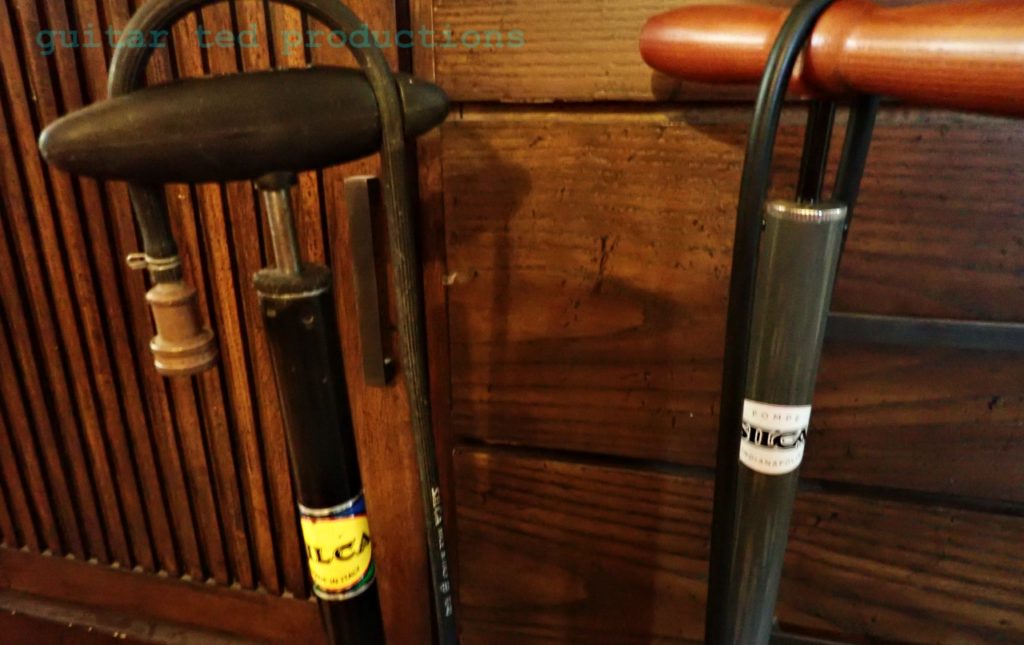
Silca was purchased by Joshua Poertner in 2013 and the headquarters of Silca was moved from Italy to Indianapolis, Indiana. Shortly afterward Silca began to revitalize the company with new, relevant products like the Tattico Bluetooth Mini-Pump which we have reviewed and put on our 2018 Holiday Gift List. They haven’t forgotten their heritage at Silca, nor have they forgotten the icons of the former range. While the Pista had been a stalwart product for decades, it was long overdue for an update. Now we have the Silca Pista Plus, and you can read on to see how this pump has been improved, what was brought over from the old design, and how it worked for me.
Let’s take a look at the features of this pump as listed on the web page for the Silca Pista Plus:
Durable, high-strength steel barrel
• Full-size CNC Machined Ash wood handle with hose guide
• High-efficiency SILCA leather plunger piston design
• Brass air bridge and check-valve assembly
• 2% Accurate, heavy-duty 2.5” (64mm) gauge
• Long filler hose with integrated Schrader chuck
• Push-on/push off alloy presta chuck with Bleeder valve
• Rated to 220psi
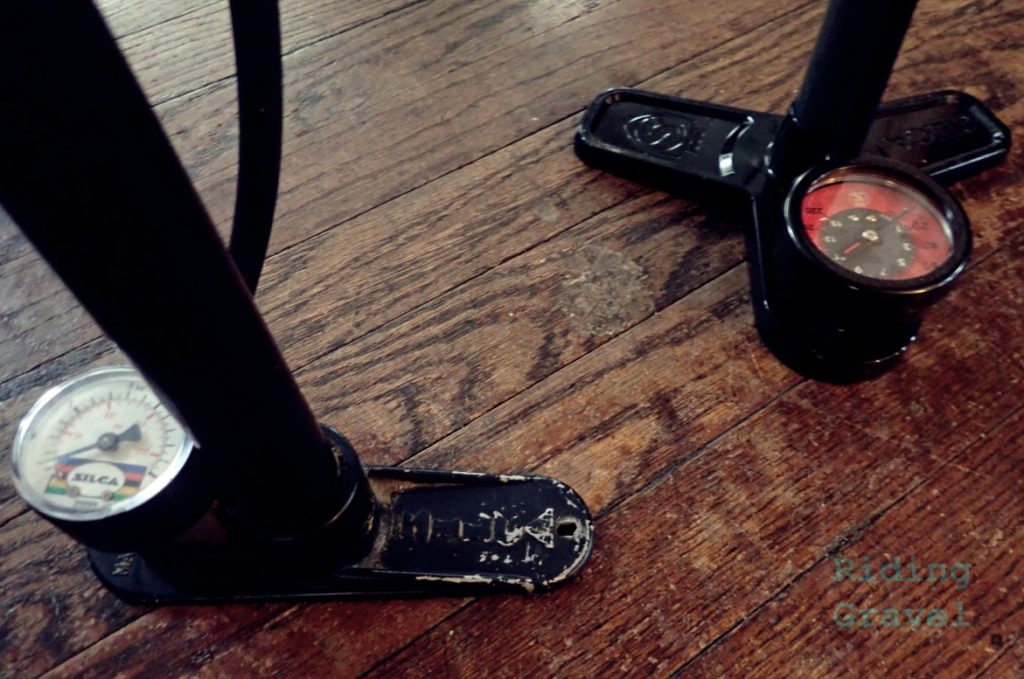
The differences the new one has are what makes this pump noteworthy. Otherwise, what we have here is a very faithful recreation of what made the old version so loved and useful. Let’s take a look at those differences first.
The biggest difference, and the one that separates this pump from its predecessor, is the base. Now you may think that is a bit daft. The base? However; unless you have experienced the frustrations of the original Pista’s lack of stability, you’d be forgiven for thinking this. Of course, if you look at the older base, you probably can see what I mean. It is inherently unstable. So, that begs the question, “Why would Silca design it like that?” Actually, it makes sense when you understand that the original Pista was a portable pump first. A wider base, or a three pronged base like the new Pista Plus, wouldn’t be as portable. The thing is that now most people would rather have a pump that stands up, and most folks leave floor pumps at home, so the portability factor wasn’t a big deal anymore.
Another difference is something else that was related to the first Pista pump’s design intentions. The original’s plastic handle, barely big enough for one hand, let alone two, was made longer and out of ash, which lends a much more elegant look and feel to the pump.
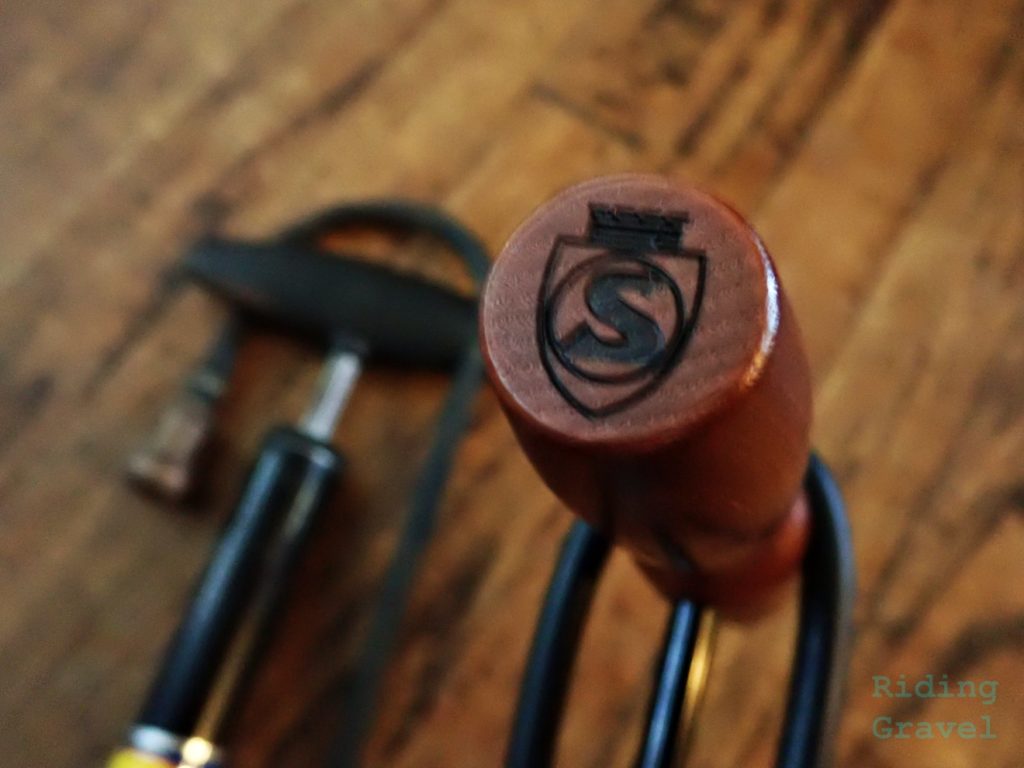
Performance: Okay, it looks great, it stands up, and you have a nice handle. So….? Well, the good news is that the “guts” of the Silca Pista Plus haven’t changed much from the old design, which was noted for its long lasting, rebuild-able internals. The leather washer remains, the German Igus bushing allows for smooth and long lasting performance. and the light, durable steel barrel are all still essentially the same. And for a very good reason- the stuff lasts, and lasts, and lasts…. In fact, for this review I spoke with several older, (or shall I say “seasoned”), cyclists, and many of them had, or were still using, a Pista pump. The well stocked local bike shop probably has Silca Pista pump parts to service these pumps yet. In fact, when Silca was purchased and brought to the U.S., one of the first things done was to get up to speed on stocking Pista service parts.
So, yes- it works well and it is serviceable. In my experiences I found that the action was smooth and very “Silca-like”. If you’ve ever used a Silca Pista, you’ll immediately feel this. I chalk it up to the leather washer, which few modern day pumps, if any, use now. It’s a great design though. Another notable difference I appreciated was the longer hose and the classic brass chuck. Older Pista pumps typically had a short hose, again owing to the portability factor. Speaking of the hose, the new Pista Plus has a very secure hose holder, which was another beef I had with the old Pista which almost never would hold the hose in those concave spots on the plastic handle.
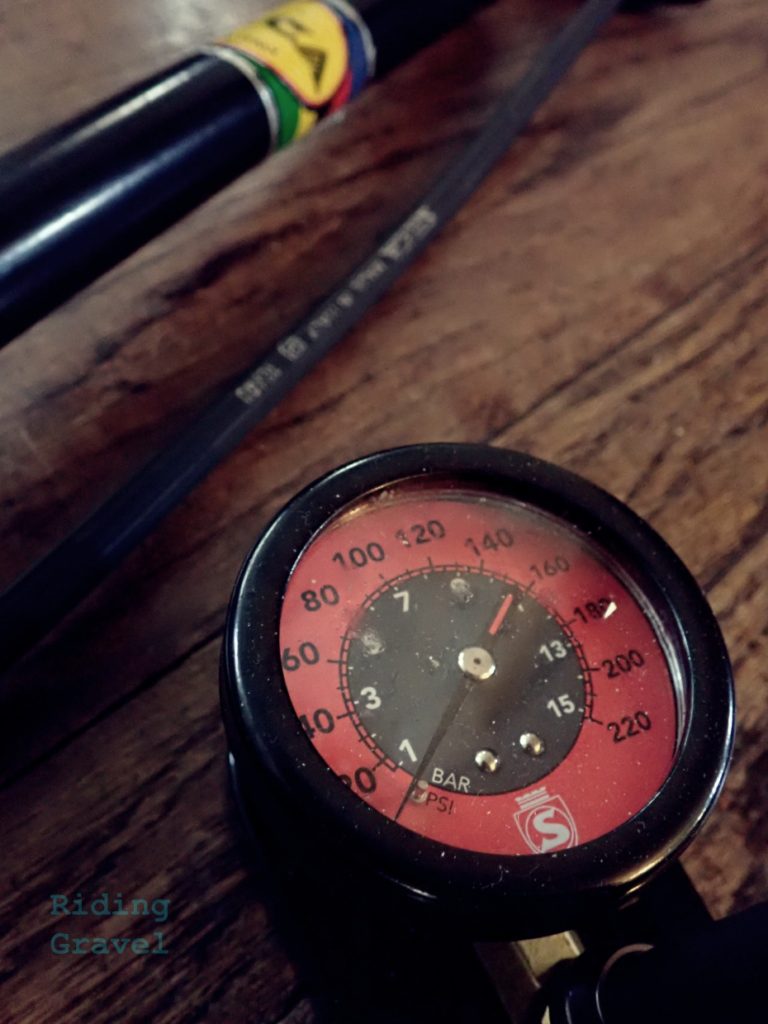
Accuracy of the gauge is quite good as well. I tested the pump readout against my Blackburn digital gauge and it was always within 1psi or dead on. So, even though I never pumped anything I had here over 50psi, and often around 30psi, the gauge proved to be quite reliable.
At The Finish: While the MSRP for the Pista Plus is $145.00, which may seem a bit high compared to similarly featured pumps, it is probably going to outlast your cycling career, literally. There are Pista pumps that have done this, and in fact, the one featured in this review is from 1972 and works perfectly. So, I have no qualms in saying the Pista Plus is a lifetime investment and will definitely be the last pump standing in your garage when the others have worn out, had their parts discontinued, or both.
Note: Silca sent the Pista Plus to Riding Gravel at no charge for test and review. We were not bribed nor paid for this review and we will always strive to give our honest thoughts and opinions throughout.


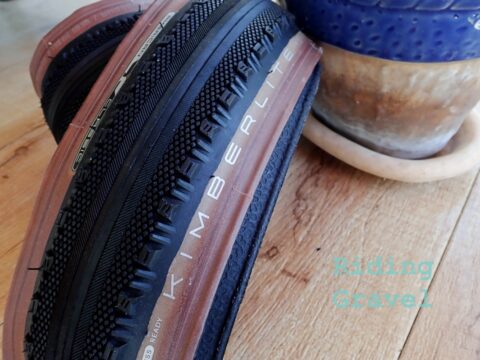
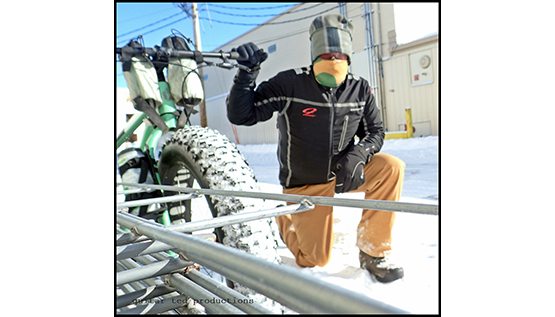

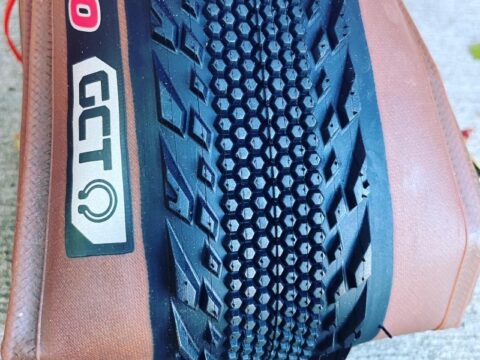
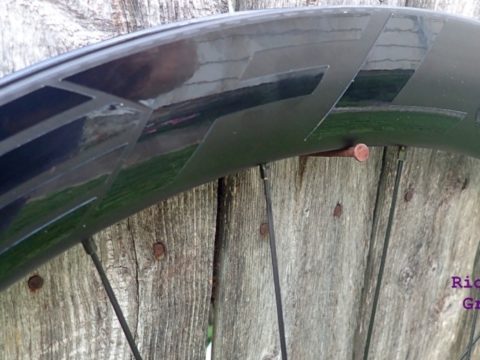
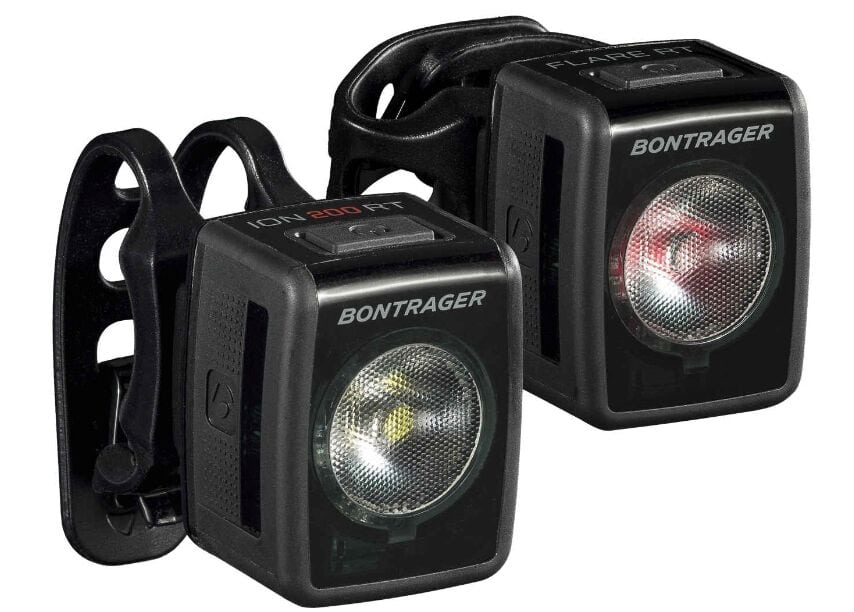
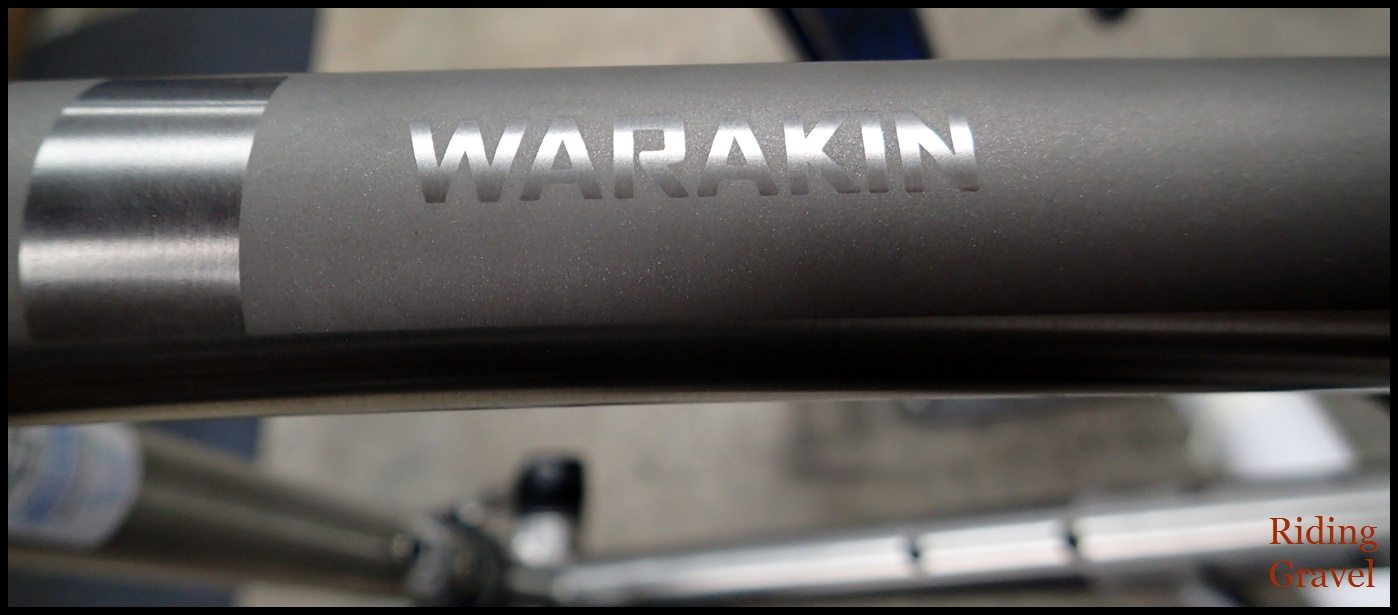
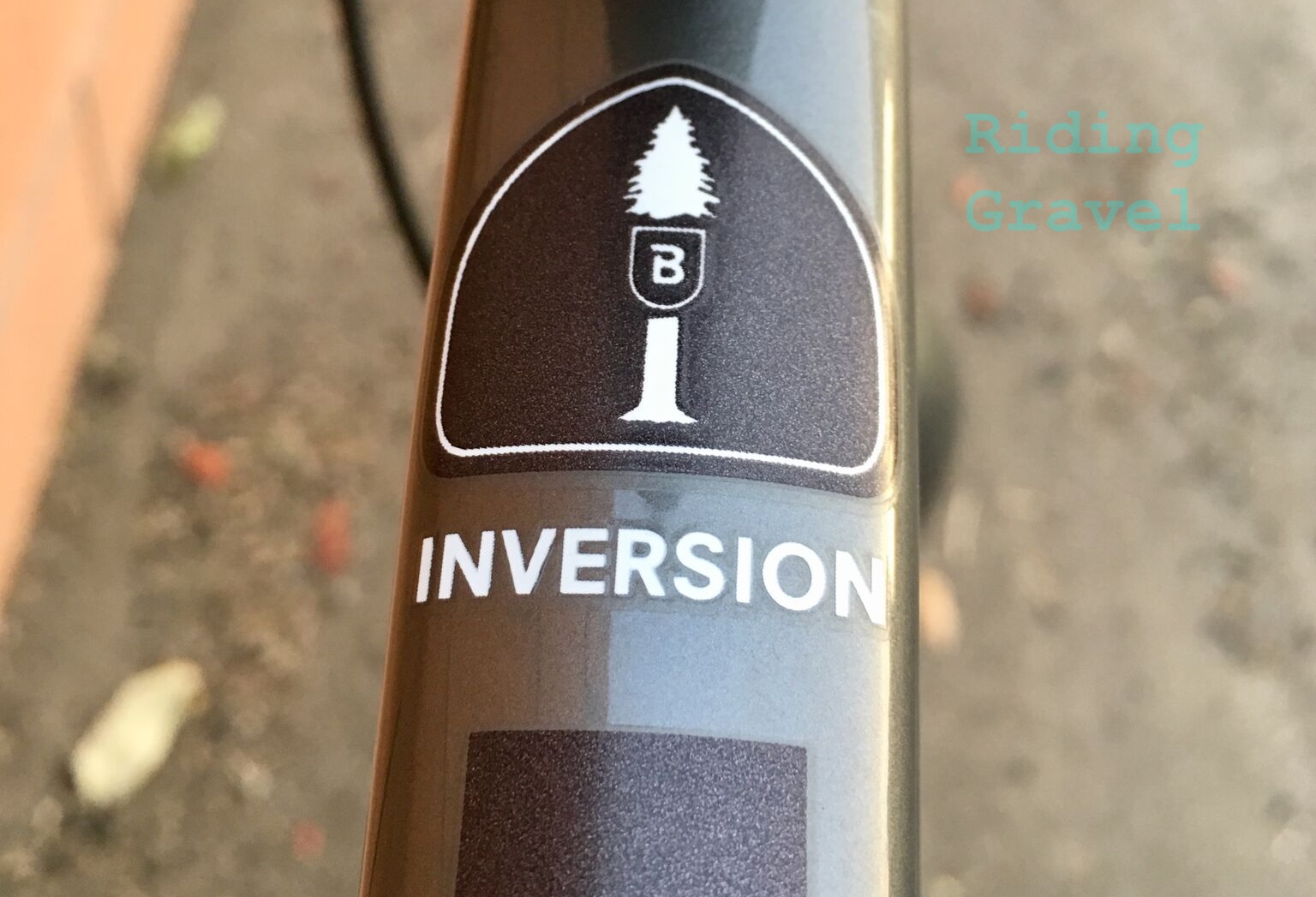

I would love to see a 2 gauge pump. One gauge that accurately measures low pressures, 0-30psi, and another gauge on the pump that measures high pressures, 0-200psi. One pump for very low pressure fat tires all the way to very high pressure road tires.
$145 for that pump is a bargain considering what you get. I’m a big fan (as many of you know) of every Silca pump I’ve owned. They build awesome products and they stand behind them very well, in my experience.
Having moved to 28mm tyres on my roadie, and 44mm on my gravel bike, I don’t see I’ll ever go above 60psi again. A 0-120psi gauge would surely be more useful for 90% of riders and provide a more accurate reading.